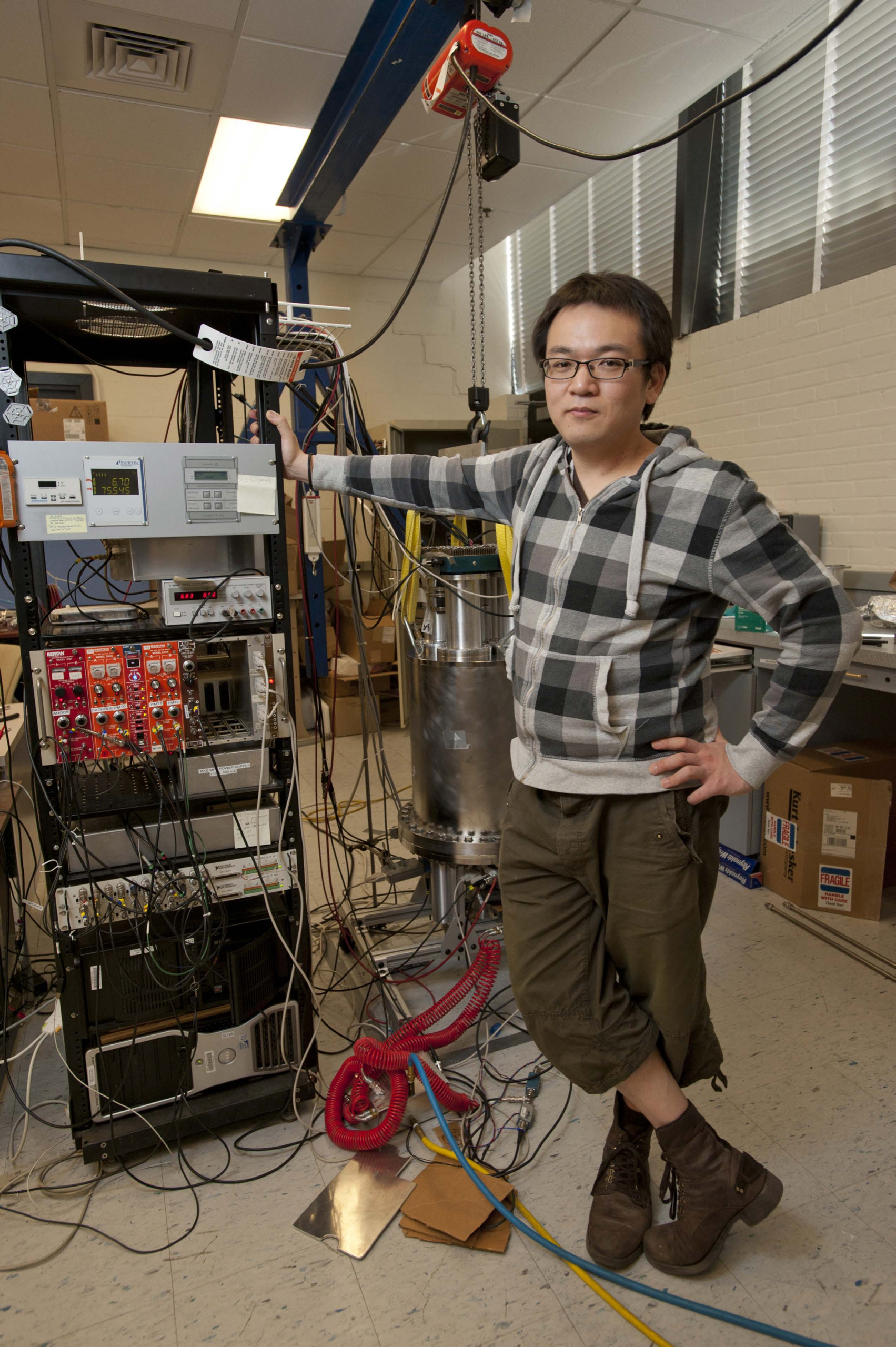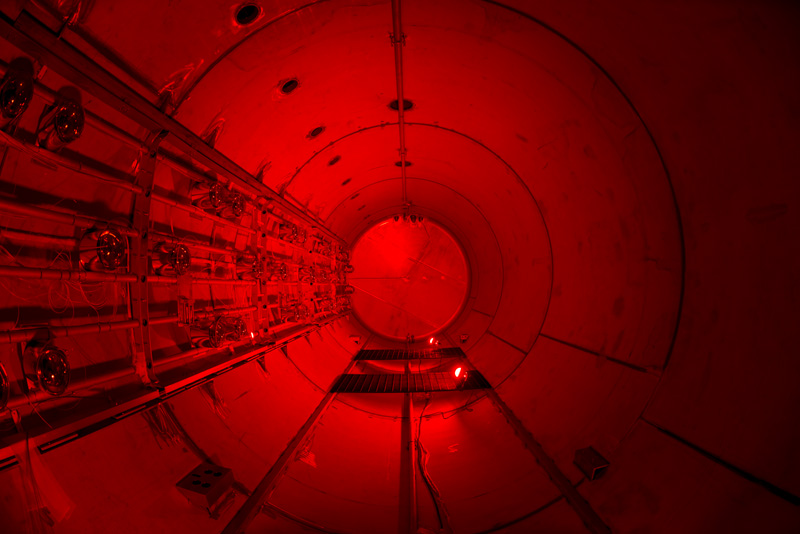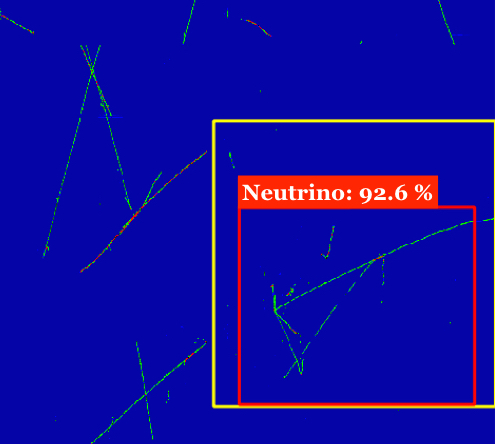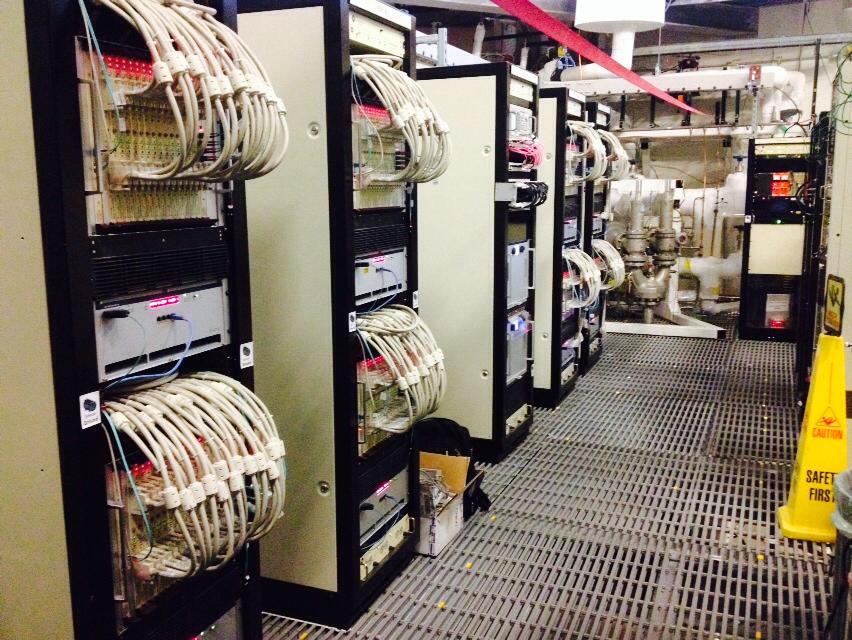About

I am a high energy physicist working in the field of neutrino experiment. Neutrinos are elementary particles that only participate in "weak interactions," which means they can pass through matter (like you or even the entire earth) easily undetected. But usually there are a lot of them.
To see neutrinos we work with a big, BIG, and even BIGGER detectors. It is an exciting job to build and operate these detectors using cutting-edge technologies. An even more fun challenge is to find a rare signal in big chunk of data. I enjoy making these things work in general, and in particular the software aspect of the effort.
I am currently involved in MicroBooNE experiment as an associate staff scientist member in the Elementary Particle Physics (EPP) division at SLAC national accelerator laboratory. Previously I worked on the same experiment was a post-doctoral research scientist at Nevis Laboratories at Columbia University. Before MicroBooNE, I worked on Double Chooz during my Ph.D at MIT, and KamLAND while I was at U.C. Berkeley for undergraduate studies.
My current focus is to apply a machine learning technique, in particular deep neural networks to perform data recontruction tasks and physics analysis.
Here is my CV, and a list of publications. I also put a list of software development effort I have contributed as a lead code developer.


